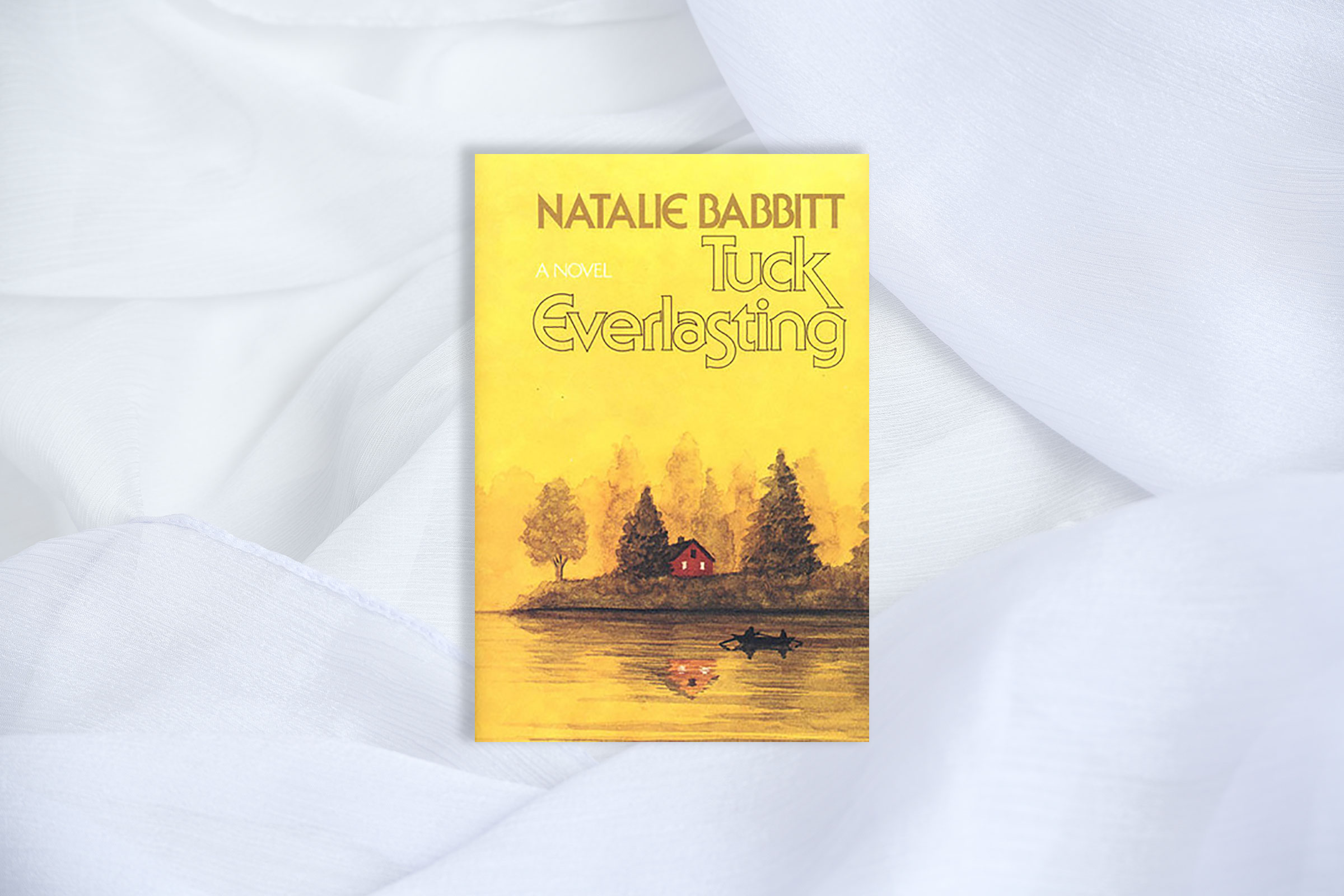Natalie Babbitt got the idea for her now-classic 1975 novel, Tuck Everlasting, from her four-year-old daughter. The girl was afraid of dying, so Babbitt wrote a story for young readers that faced death head-on. In it, young Winnie Foster comes to know a family, the Tucks, who have been granted the seemingly enviable but actually burdensome miracle of immortality after unknowingly drinking from a magical spring in the further reaches of her family’s property. Saddled with a secret she must help to conceal as outsiders seek to profit off of the powerful elixir, Winnie learns that it is the fact of life’s ending that gives meaning to all that comes before. Babbitt’s book won numerous awards, was adapted into two movies and a Broadway musical and translated into 27 languages. While its lessons hinge on its central fantastical element, its themes are grounded in some of the heaviest elements of reality people of all ages must confront. Its enduring meaning to readers nearly half a century later makes the case that children can and even yearn to grapple with darkness—that, indeed, denying their very real, very universal fears is far more frightening. —Eliza Berman
Buy Now: Tuck Everlasting on Bookshop | Amazon
- The 100 Most Influential People of 2024
- Coco Gauff Is Playing for Herself Now
- Scenes From Pro-Palestinian Encampments Across U.S. Universities
- 6 Compliments That Land Every Time
- If You're Dating Right Now, You're Brave: Column
- The AI That Could Heal a Divided Internet
- Fallout Is a Brilliant Model for the Future of Video Game Adaptations
- Want Weekly Recs on What to Watch, Read, and More? Sign Up for Worth Your Time
